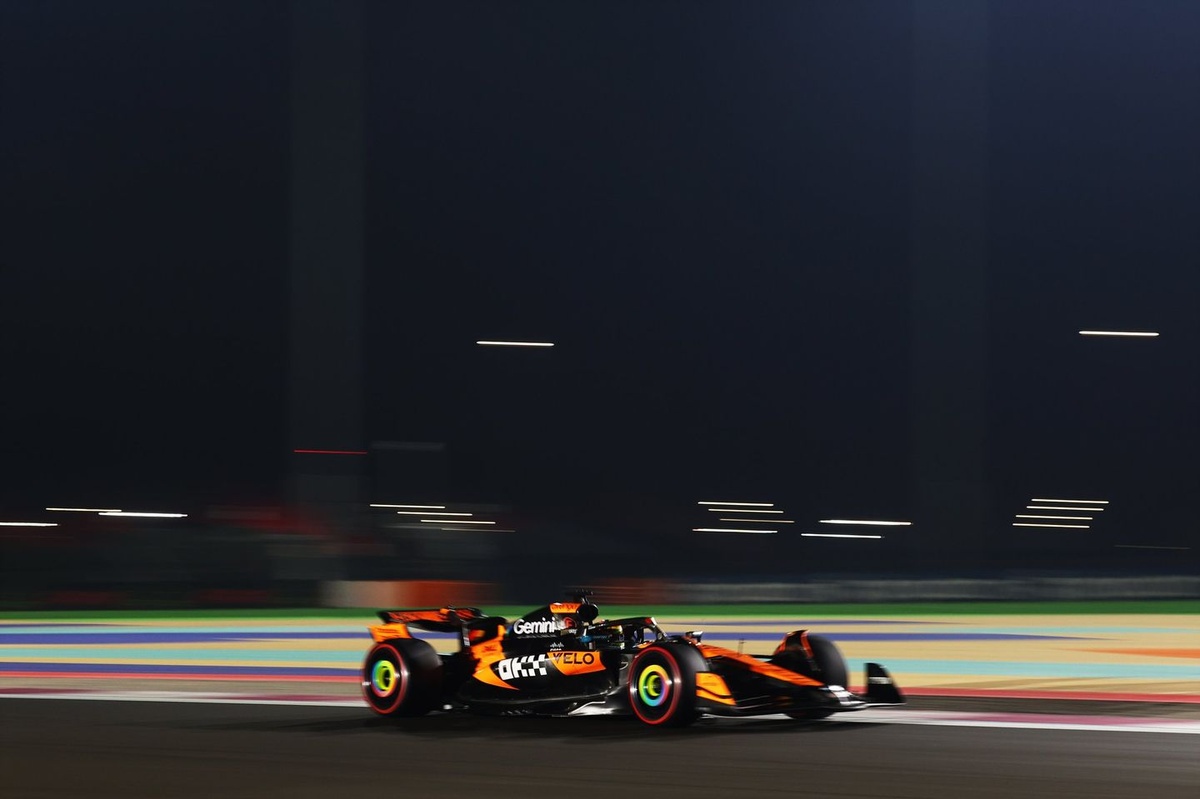Aston Martin Unveils Ambitious Plans Ahead of 2026 F1 Regulations
Aston Martin’s aspirations of challenging for Formula 1 glory have been reinforced with the announcement of a transformative strategy aimed at the 2026 season. Executive Technical Director Bob Bell has detailed the team’s extensive preparations, which include an investment in advanced facilities and a strategic shift in partnerships.
Despite these ambitious moves, Bell emphasised the importance of patience and realism, urging fans and stakeholders to recognise that significant results will take time as the team navigates this new chapter. But that’s what you’d expect him to say. This is a Jaguar moment for Aston, probably not as self-imploding as Jaguar, but non the less, extremely significant, if the British car company wants to keep pace with the likes of Ferrari, McLaren and Porsche.
Why Aston Martin Must Remain Patient in Hunt for F1 Glory
Aston Martin has made substantial investments in its new headquarters in Silverstone, featuring a state-of-the-art wind tunnel. This facility will play a crucial role in refining the team’s design and aerodynamic capabilities—a vital aspect of competing effectively in the ever-evolving landscape of Formula 1.
“Given where we are on our journey, the 2026 regulation change is perhaps a bigger challenge for Aston Martin than it is for other teams,” Bell stated. This reflects the gravity of the undertaking as the team transitions from rebuilding to competing.
Key Changes Ahead
Bell acknowledged that the transformation extends beyond facilities. The team is set to collaborate with Honda as their new engine partner while integrating the production of in-house gearboxes for the first time since 2008. “We’re almost a brand-new team,” Bell remarked, highlighting the comprehensive nature of the transformations underway.
The Challenge of Transitioning
As the team develops its 2025 car, they aim to optimise their processes, a necessity underlined by a spate of recent upgrades. The complexity of shutting down external resources, such as their prior reliance on Mercedes’ wind tunnel, adds to the intricacy of this transition.
“We have to ensure that our new tunnel meets the high standards established over years of use in the old facility,” explained Bell. This meticulous process is about more than just a new car; it lays the groundwork for a sustainable competitive edge.
The Bigger Picture for Aston
Bob Bell’s insights convey a sense of realism amid excitement. He reiterated that Aston Martin’s aspiration to be a works team entails much more than simply building a faster car. “The stuff under the water is vast,” he remarked, indicating the broader challenges of self-sufficiency and innovation that lie ahead.
As Aston Martin embarks on this transformative journey, they will have to be patient. The road to F1 glory is typically long and winding, and this renowned team is poised to navigate it with careful planning and unwavering determination. But F1 is more than just building a race car these days, for prestige brands like Aston, Ferrari and McLaren, they’re retail arm will benefit immensely from branding opportunity to the next generation of car buyer.





